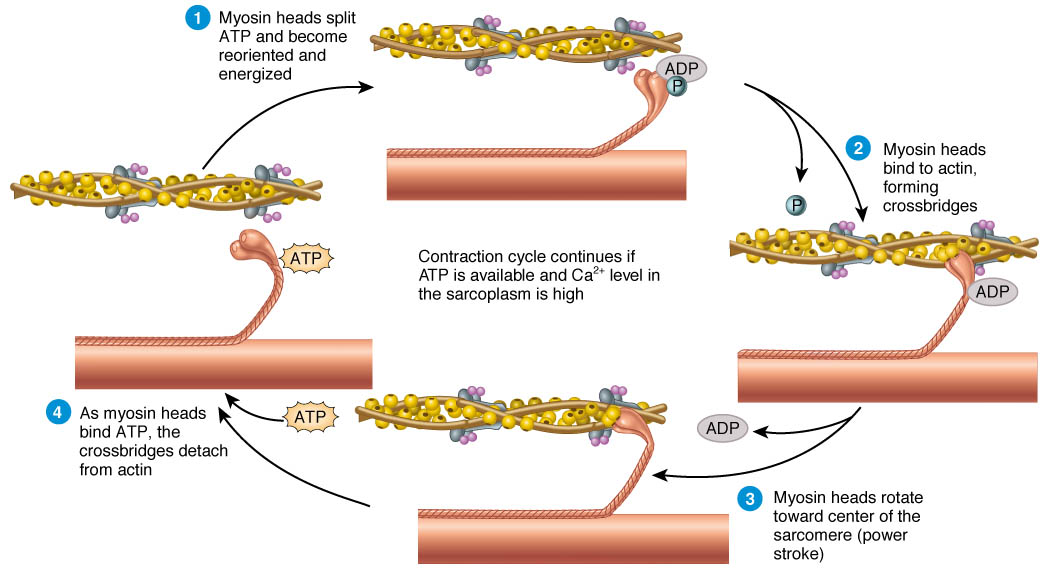
Sliding Filament Theory of Muscle Contraction Online Biology Notes
According to the sliding filament theory, the myosin ( thick filaments) of muscle fibers slide past the actin ( thin filaments) during muscle contraction, while the two groups of filaments remain at relatively constant length.
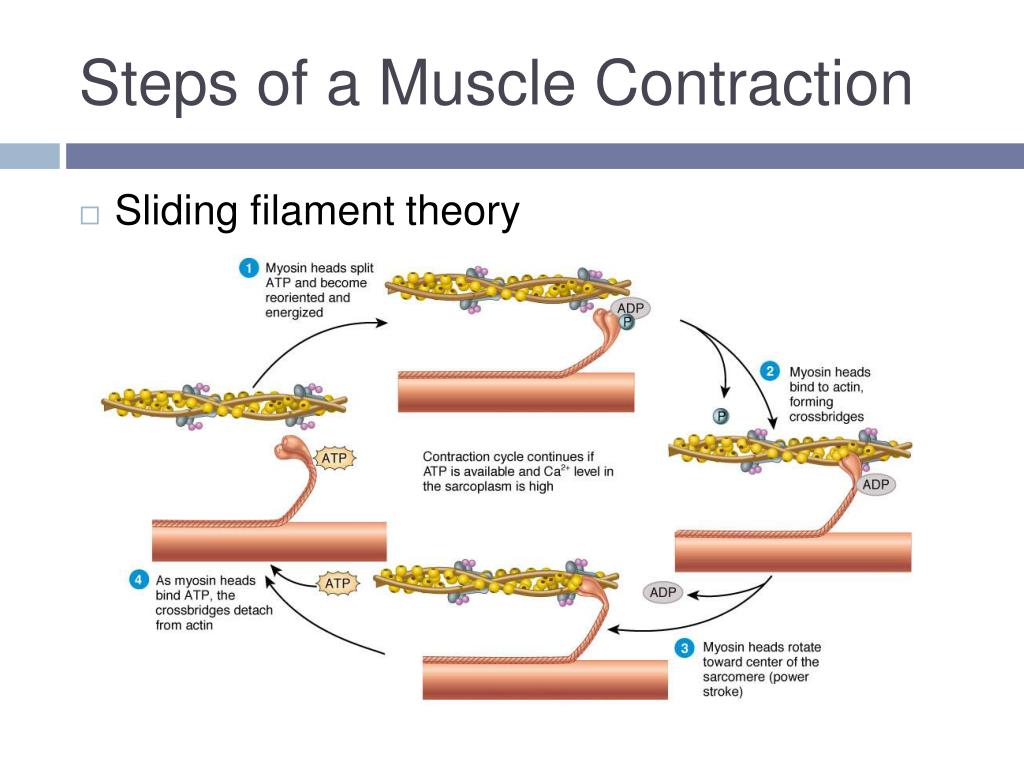
PPT Muscular Contractions PowerPoint Presentation, free download ID
The sliding filament theory is a suggested mechanism of contraction of striated muscles, actin and myosin filaments to be precise, which overlap each other resulting in the shortening of the muscle fibre length. Actin (thin) filaments combined with myosin (thick filaments) conduct cellular movements.

sliding filament theory 6 steps video 4 YouTube
Step 2: cross bridge forms. Calcium ions cause cross bridges (bond) to form between act filament and myosin head. Step 3: Myosin head slides. ATPas produced by the myosin head filament produces ATP causing the myosin head to slide in the direction of the actin filament. Step 4: skeletal muscle contraction has occurred.

Sliding Filament Theory Diagram Quizlet
Sliding Filament Theory: Steps for Muscle Contraction Biology Responding to Change Sliding Filament Theory Sliding Filament Theory The sliding filament theory explains how the muscles contract to generate force, based on the movements of thin filaments (actin) along thick filaments (myosin). Content verified by subject matter experts

Sliding Filament Model of Contraction Biology for Majors II
The Sliding Filament Theory In 1954, scientists published two groundbreaking papers describing the molecular basis of muscle contraction. These papers described the position of myosin and.
Explain the sliding filament theory in detail
The most widely accepted theory explaining how muscle fibers contract is called the sliding filament theory. According to this theory, myosin filaments use energy from ATP to "walk" along the actin filaments with their cross bridges. This pulls the actin filaments closer together. The movement of the actin filaments also pulls the Z lines.

Sliding Filament Model of Muscle Contraction
In other words, the "excitation" step in skeletal muscles is always triggered by signaling from the nervous system. Sliding Filament Theory of Muscle Contraction.. The sliding filament theory is the most widely accepted explanation for how this occurs. According to this theory, muscle contraction is a cycle of molecular events in which.

PPT The SlidingFilament Mechanism PowerPoint Presentation, free
The sliding filament theory of muscle contraction was developed to fit the differences observed in the named bands on the sarcomere at different degrees of muscle contraction and relaxation. The mechanism of contraction is the binding of myosin to actin, forming cross-bridges that generate filament movement (Figure 1). Figure 1.
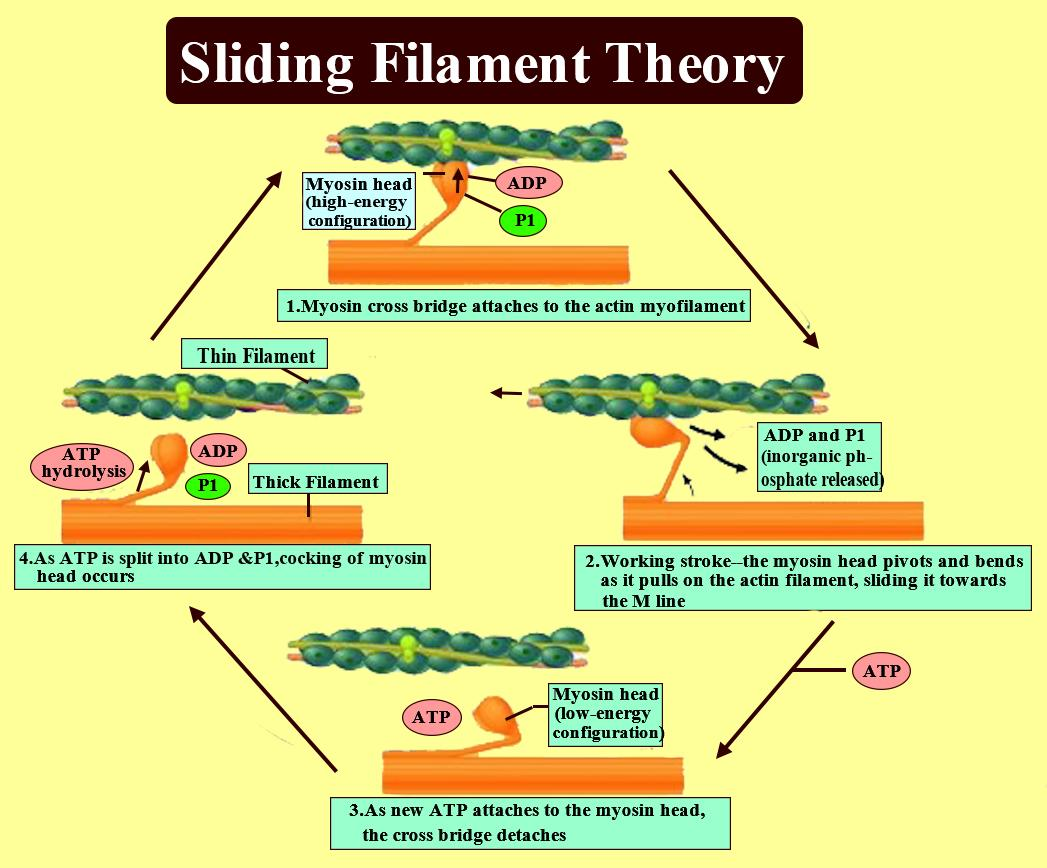
Of the Following Which Best Describes the Sliding Filament Theory
The Sliding Filament Theory of Muscle Contraction | FOUR STEPS HEATHER FIT 1.53K subscribers Subscribe 5.5K 193K views 4 years ago In this video I break down the Sliding Filament.
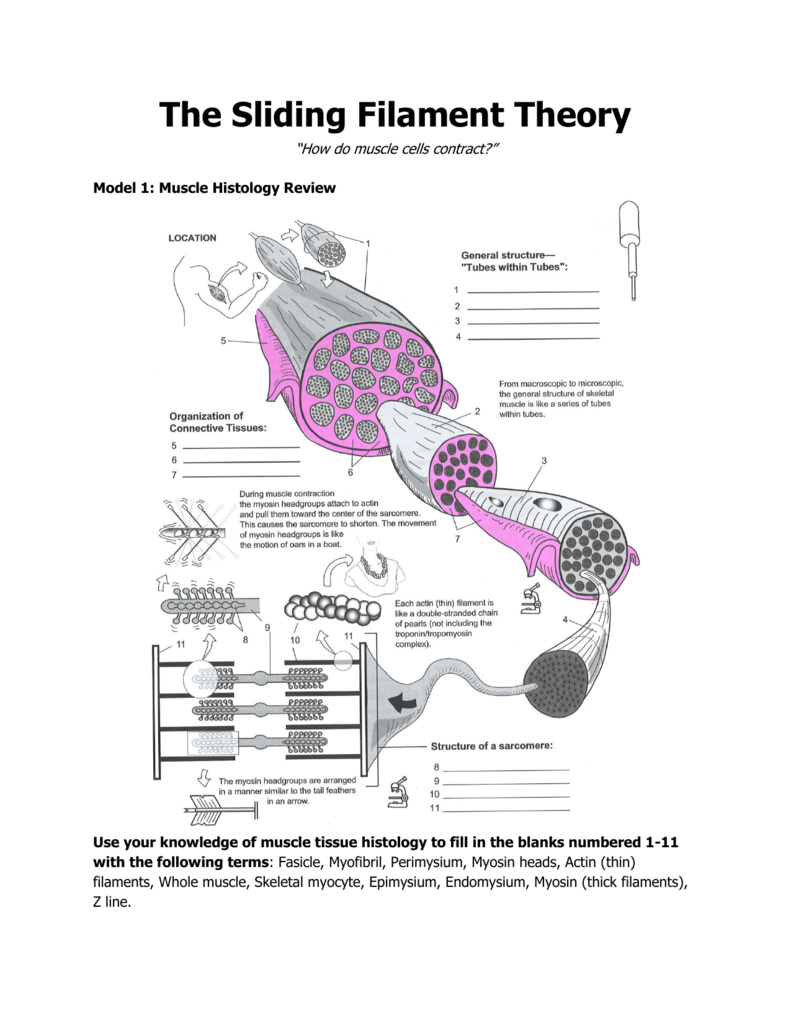
The Sliding Filament Theory
The sliding filament theory of muscle contraction is the mechanism by which muscles are thought to contract at a cellular level. It explains the steps in muscle contraction. Advert A good understanding of skeletal muscle structure is useful when learning how sliding filament theory works. What is sliding filament theory?

Sliding Filament Theory Labster
In Summary, the Sliding Filament Theory Steps are as follows. Muscle Activation: The motor nerve stimulates a motor impulse to pass down a neuron to the neuromuscular junction. It stimulates the sarcoplasmic reticulum to release calcium into muscle cells. Muscle Contraction: Calcium floods into the muscle cell and it binds with troponin.
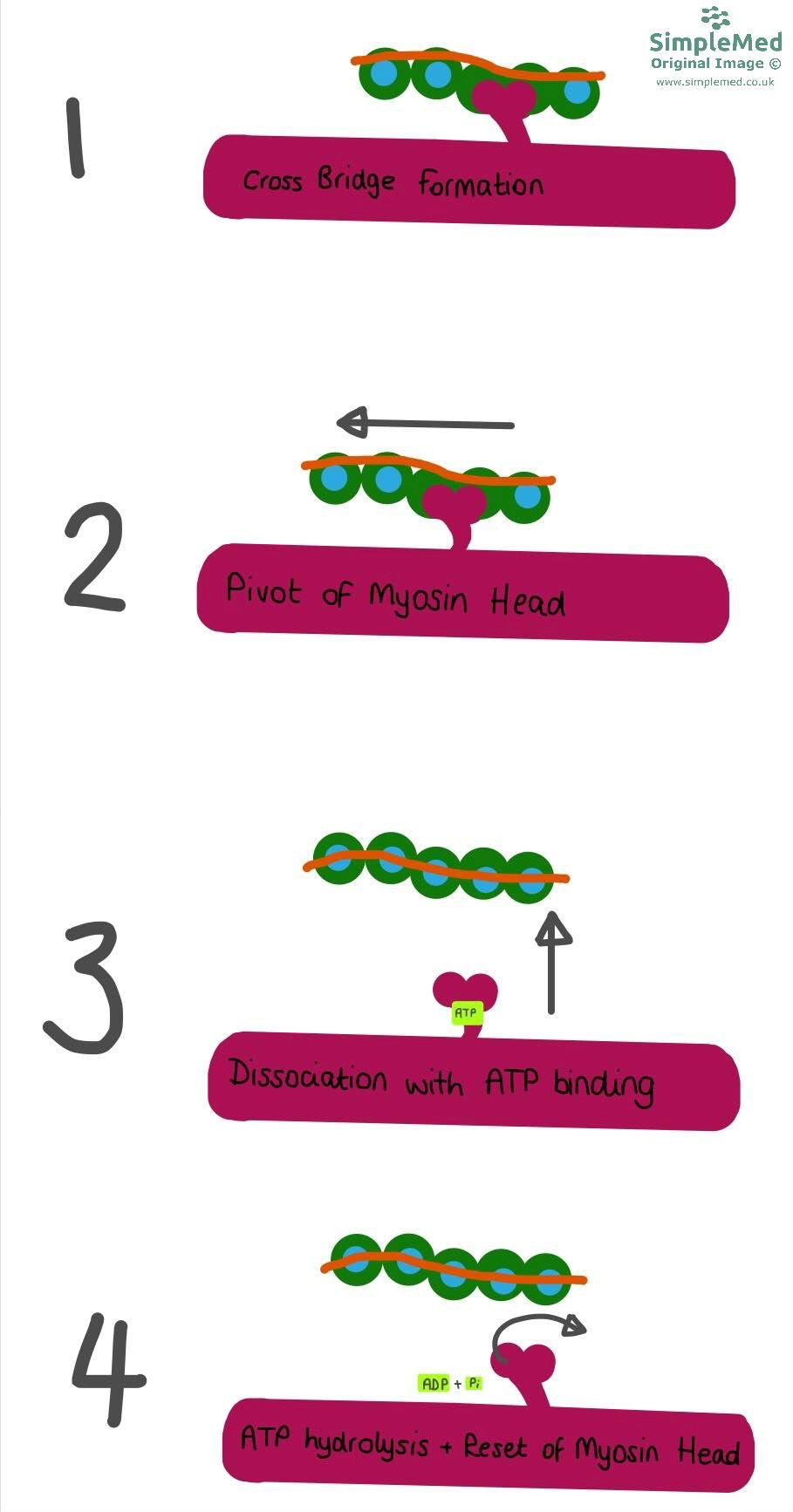
2. Structure of the Muscles SimpleMed Learning Medicine, Simplified
Sliding Filament Theory Steps 5.0 (1 review) Sliding filament theory for the contraction of skeletal and cardiac muscle Click the card to flip 👆 (tropomyosin, troponin, myosin binding site, Ca++ channel, Ca++ active transport pumps, ATP, acetylcholine, acetylcholinesterase, Click the card to flip 👆 1 / 11 Flashcards Learn Test Match Q-Chat
Diagrammatically explain the sliding filament theory?
The sliding filament model of muscle contraction describes how muscles generate force and produce movement. Muscle contraction occurs as a result of the sliding of thin filaments (actin) over thick filaments (myosin) within muscle fibers.. The process of contraction starts when an action potential reaches the muscle fiber and triggers the release of calcium ions from the sarcoplasmic reticulum.

Sliding Filament Theory of Muscle Contraction Online Biology Notes
The Sliding Filament Model of Contraction When signaled by a motor neuron, a skeletal muscle fiber contracts as the thin filaments are pulled and then slide past the thick filaments within the fiber's sarcomeres. This process is known as the sliding filament model of muscle contraction ( Figure 10.10 ).

Sliding filament theory. Download Scientific Diagram
To understand the sliding filament model requires an understanding of sarcomere structure. A sarcomere is defined as the segment between two neighbouring, parallel Z-lines. Z lines are composed of a mixture of actin myofilaments and molecules of the highly elastic protein titin crosslinked by alpha-actinin.

Sliding Filament Theory
Sliding filament theory describes the mechanism of muscle contraction. The steps involved are described below (figure 1). Figure 1: Sliding Filament Theory 1: When a nerve signal reaches the muscle cell, calcium is released from the sarcoplasmic reticulum surrounding the myofibrils.